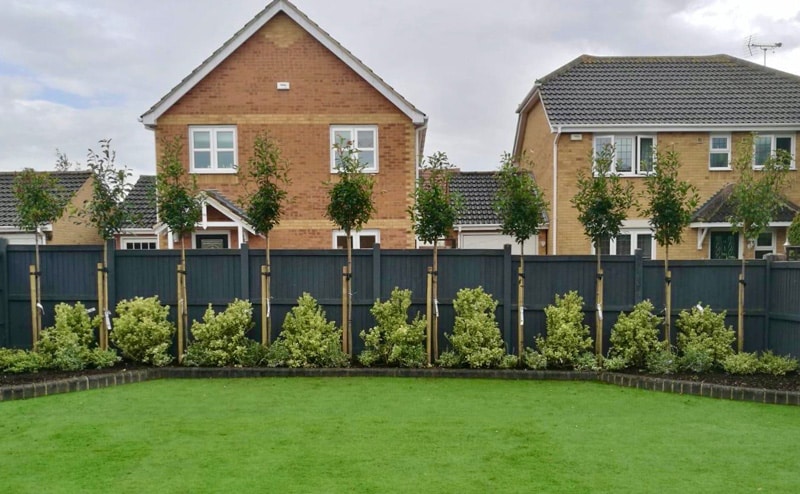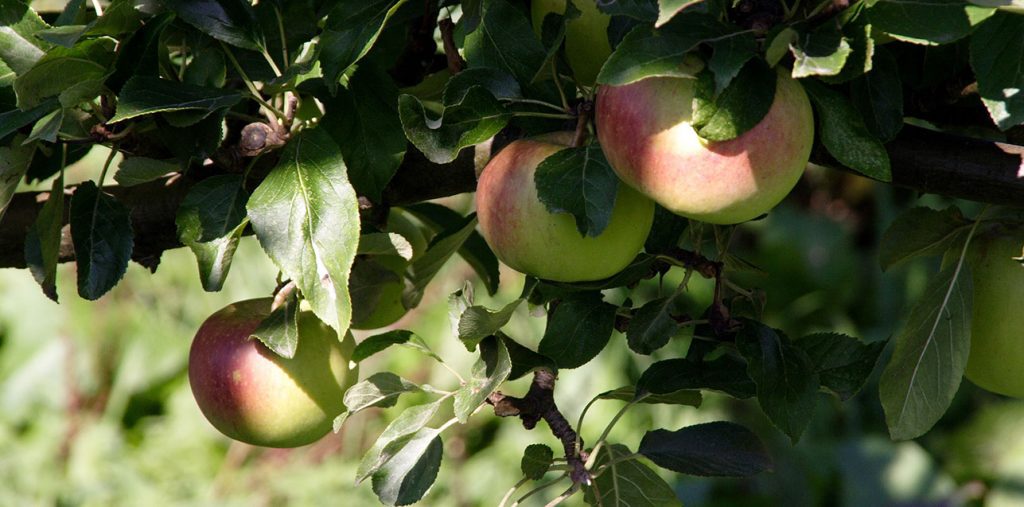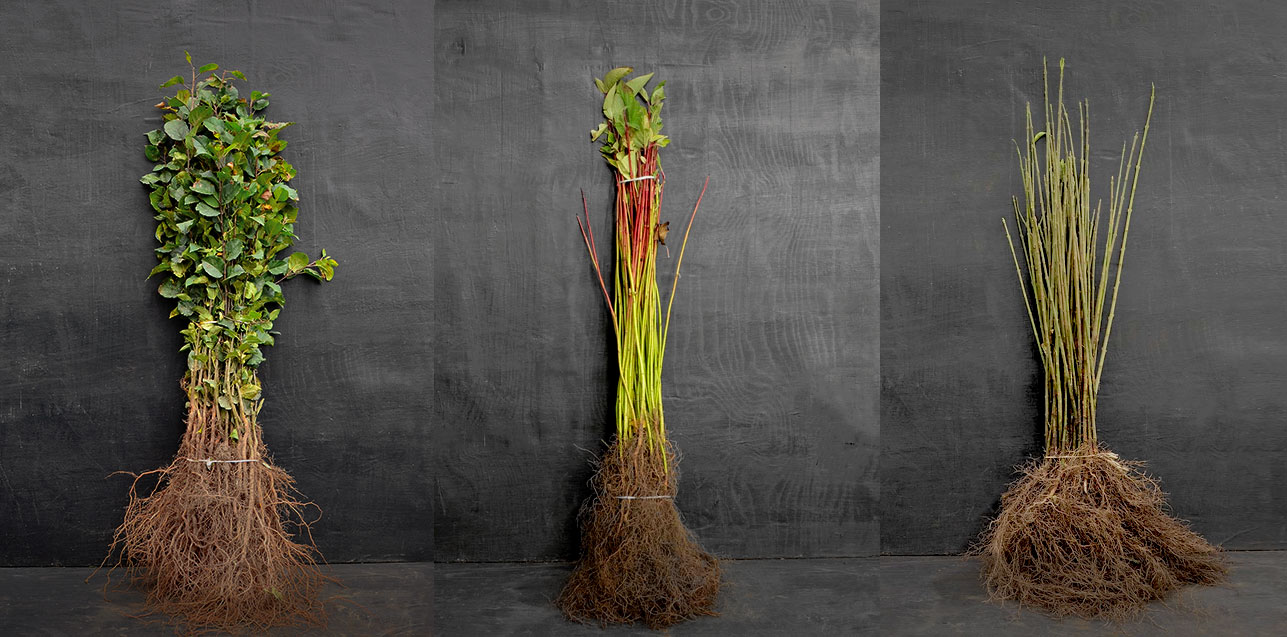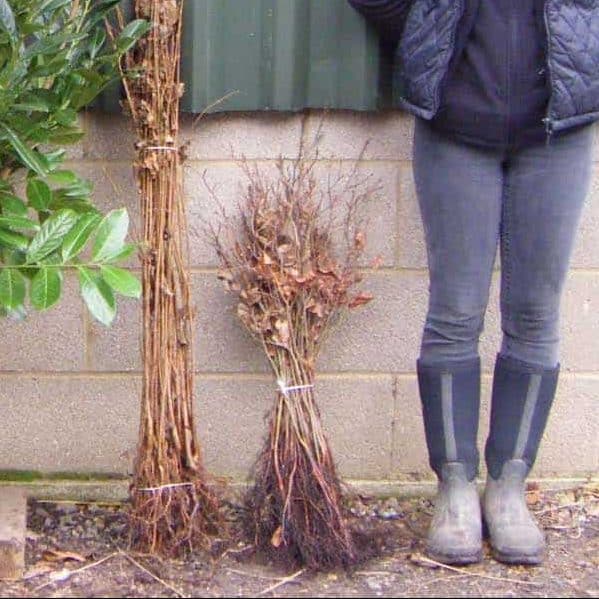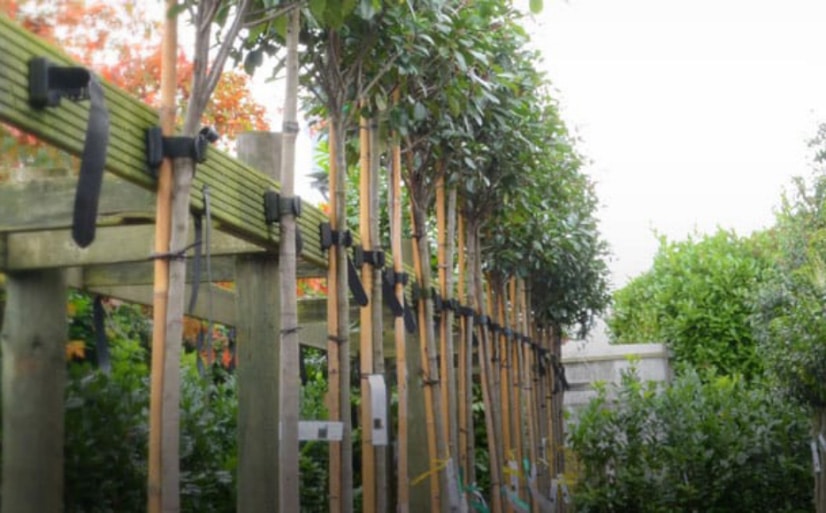The bare root season start typically runs from November to March, coinciding with the dormant season. You can prepare for the bare root season by pre-ordering your plants. We start accepting pre-orders for bare root hedging plants in September or October. To pre-order, simply email our sales team with your requirements. We’ll provide a quote based on the quantity you need and add you to our contact board to keep you informed when the plants are ready.
What are bare root plants and what are they good for?
Bare Root plants are grown in a field and then lifted without soil around their roots during the dormancy period. They are then graded ready for transport and planting. For planting to be successful, the soil must be cool enough to ensure the plants are not actively growing. This is why this season falls firmly within the colder months of the year.
Some of the benefits of planting bare root include:
- Lower purchase and delivery costs
- Easier to plant and handle
- Ideal for large-scale projects
- Faster establishment with the right care
Our Top Tips!
Quantities. If you’re planting 40-60 cm or 60-90 cm tall plants in a clear run, aim for five plants per metre in a double staggered row. This spacing helps create a dense native hedge quickly and effectively. A small failure rate of around 5% is normal. So, when planning, always order a few extra plants to account for possible losses.
Accessories. To give your new hedge the best start, we recommend using canes and guards. These accessories offer crucial protection against common predators like voles, rabbits, and deer. Beyond protection, they also provide essential support for young plants, encouraging upright growth. This support plays a significant role in boosting their survival and successful establishment.
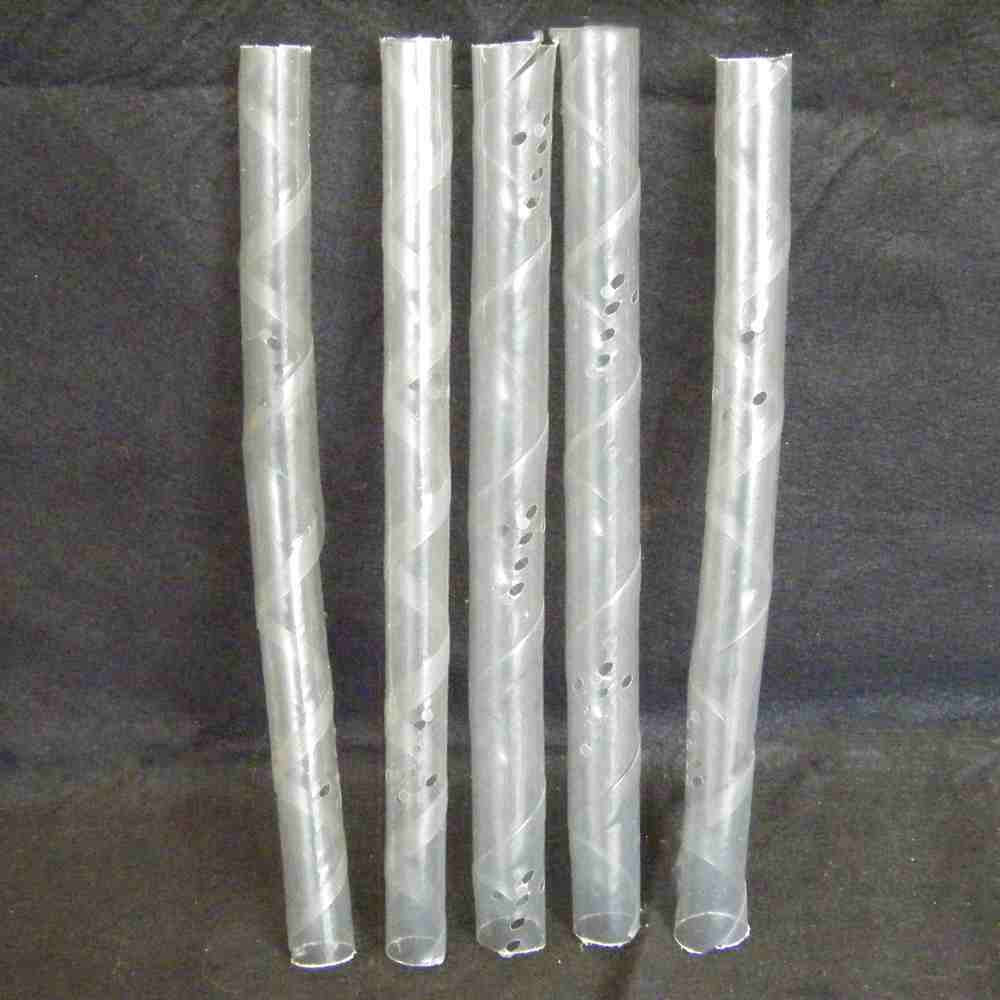
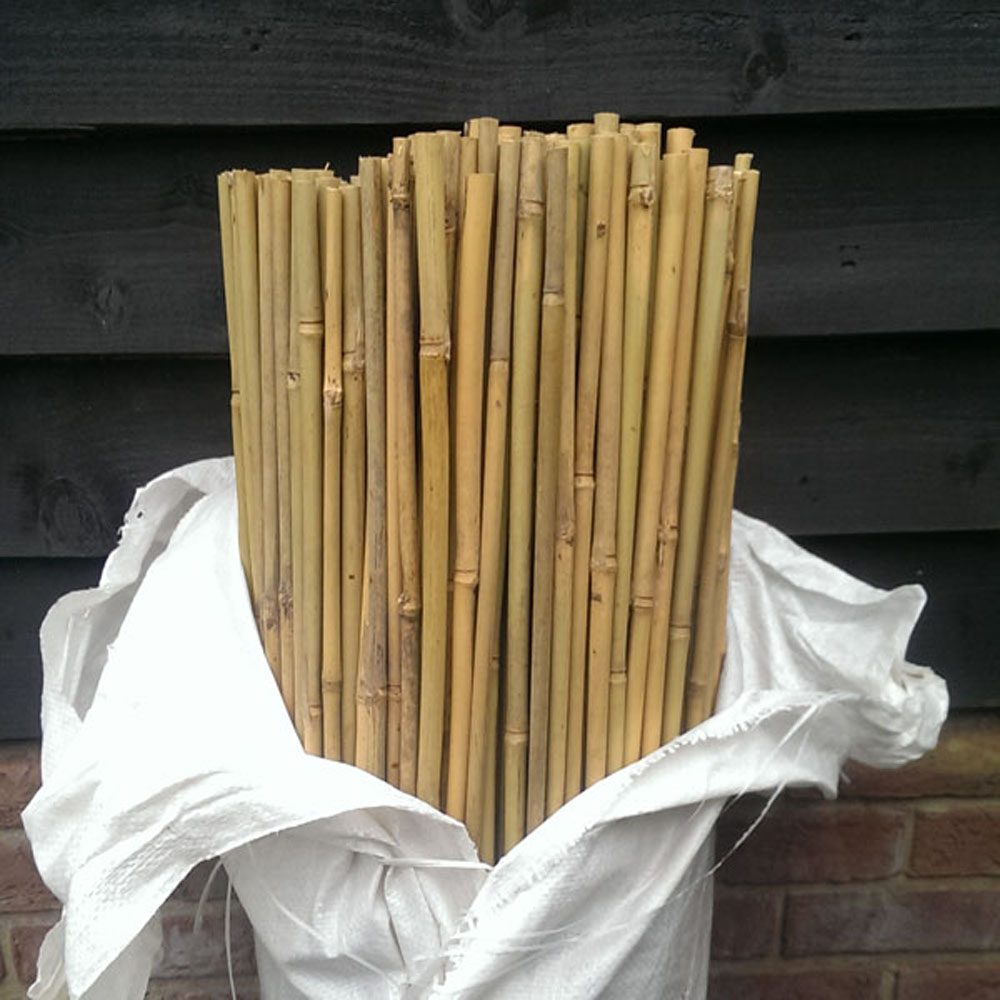
Planting. Bare root plants are much easier to install as it isn’t as difficult to manoeuvre them around. We also recommend that you plant using the ‘notch planting’ technique as it is a quick process that avoids digging huge planting pits that require laborious backfilling. When ‘notch planting’ you should…
1. ‘Heel in’ tight to ensure good soil/root contact, you should have to tug the plant quite hard to remove it.
2. Make sure that the roots are moist.
3. Open up a slit in the soil, push a spade few inches deep and move back and forward.
4. Slide the root of your bareroot plant into the slit, up to the nursery soil mark.
Don’t remove the hedging plants from the box or bag before you plant. Exposure to sun or drying winds may lead to root desiccation and eventual failure.
Aftercare. It is important that you continue to care for the plants after installation. Adding a layer of mulch, such as wood chips, around your trees is a great way to reduce weed competition and help the soil retain moisture. For continued healthy and vigorous growth, we recommend topping up the mulch annually in the spring. By maintaining this practice in the early years following planting, you could see as much as one-third extra growth per year!
Read More:
A Guide to Screening Trees: Is Photinia Good for Natural Privacy?
Bare Root Planting Tips: How to establish a native hedge on a tight budget
A Guide to Pleached Trees: How effective are Hornbeam at creating privacy?

